Lithium Iron Phosphate (LiFePO₄ or LFP) batteries fall into the general category of lithium-ion batteries. However, they offer several advantages over other lithium-ion chemistries, outlined below.
Safety
LFP batteries have excellent thermal and chemical stability, which significantly reduces the risk of thermal runaway; a previous cause of fires and explosions in some lithium-ion battery types.
Performance
LFP batteries can handle high discharge currents, making them suitable for applications requiring a high power output, such as electric vehicles (EVs) and portable power stations.
They perform well across a wide temperature range, often from -20°C to 60°C (-4°F to 140°F), making them ideal for diverse climates while maintaining their capacity longer, providing a stable performance over a longer period. The nominal voltage of LFP cells is about 3.2V, compared to 3.6V-3.7V for other lithium-ion chemistries. This can result in lower overall energy storage for systems designed for higher voltage batteries so they don’t suit all applications.
Efficiency and Environmental Impact
LFP batteries generally have a lower energy density compared to other lithium-ion batteries, such as NCA or NMC. This means they store less energy per unit of weight or volume, resulting in larger and heavier batteries for the same capacity, which will of course cost more to haul around. However, they typically offer more than 3,000 cycles (full charge and full discharge) which is considerably higher than most lithium-ion chemistries like Lithium Nickel Manganese Cobalt Oxide (NMC) or Lithium Cobalt Oxide (LCO). They have excellent charge and discharge efficiencies, usually above 90%, which makes them more energy-efficient. They also have a low self-discharge rate (typically 2-3% per month), allowing them to retain charge longer when not in use.
Above all, iron and phosphate are more abundant and less harmful materials to mine compared to cobalt, used in other lithium-ion batteries and are easier to recycle due to their non-toxic nature and the absence of rare minerals.
Cost
Despite a higher initial cost compared to some lithium-ion types, the longer lifespan and higher performance and safety profile of LFP batteries makes for a good return on investment.
|
Aspect |
LFP |
NMC/NCA |
LCO |
LTO |
|
Safety |
High |
Medium |
Low |
Very High |
|
Typical Life Cycles |
3,000 - 5,000 |
1,000 - 2,000 |
500 - 1,000 |
10,000 - 20,000 |
|
Energy Density |
Medium (90-120 Wh/kg) |
High (150-220 Wh/kg) |
High (150-200 Wh/kg) |
Low (60-110 Wh/kg) |
|
Initial Cost |
High | Moderate/High | Low | High |
|
Charge/Discharge Rates |
High |
Medium to High |
Medium |
High |
|
Temperature Range |
Wide (-20°C to 60°C / -4°F to 140°F) |
Medium (-20°C to 55°C / -4°F to 131°F) |
Narrow (-10°C to 50°C / 14°F to 122°F) |
Very Wide (-40°C to 60°C / -40°F to 140°F) |
|
Environmental Impact |
Low |
Medium |
Medium |
Medium |
|
Nominal Voltage |
3.2V | 3.6-3.7V | 3.7V | 2.4V |
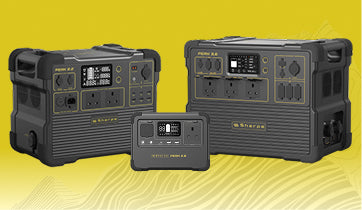
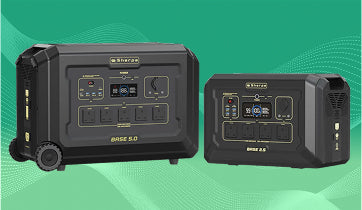
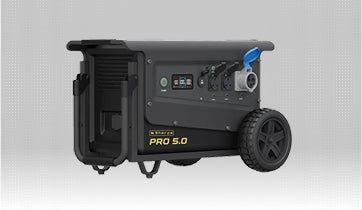
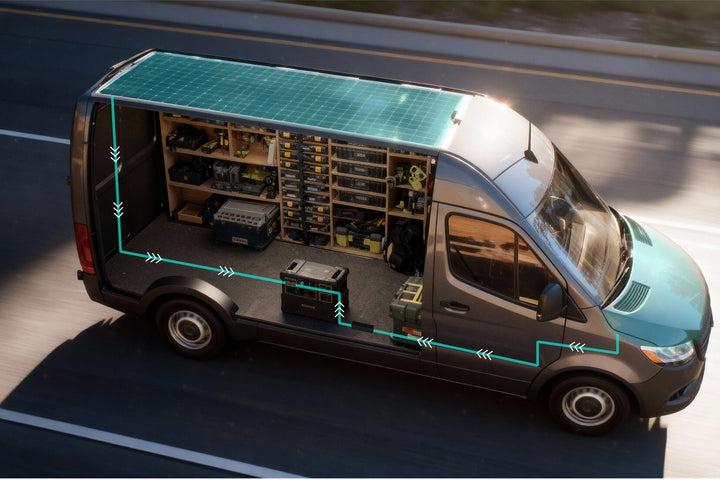
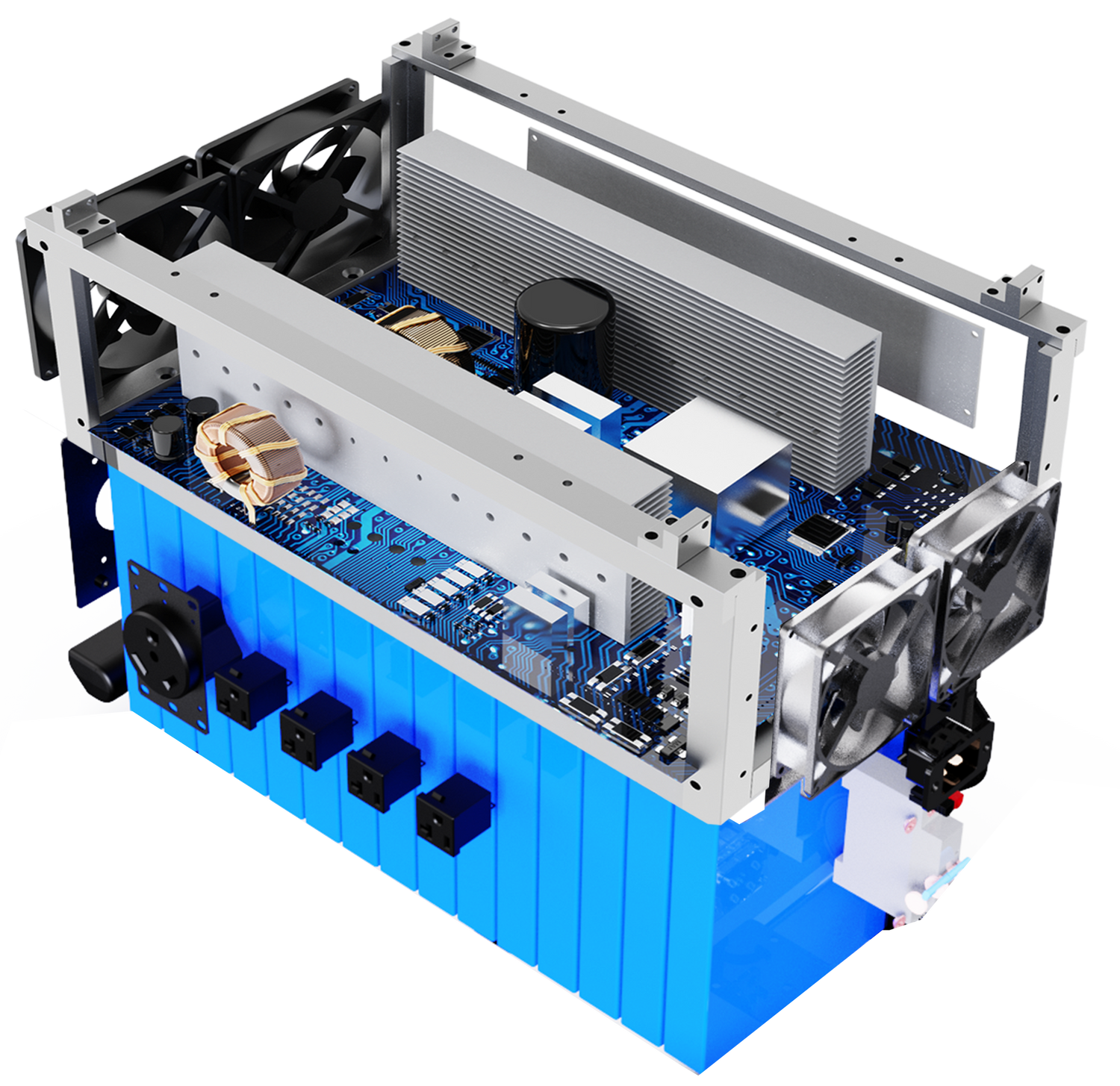

Leave a comment
All comments are moderated before being published.
This site is protected by hCaptcha and the hCaptcha Privacy Policy and Terms of Service apply.